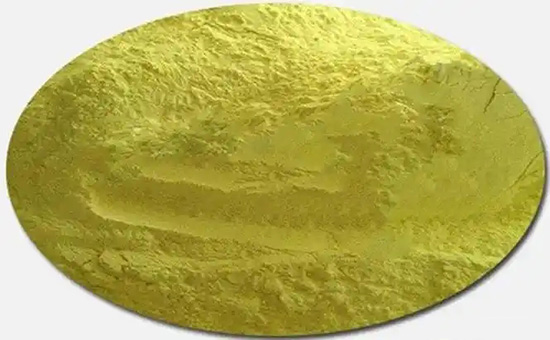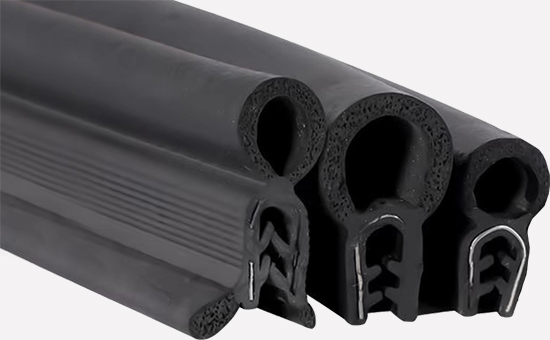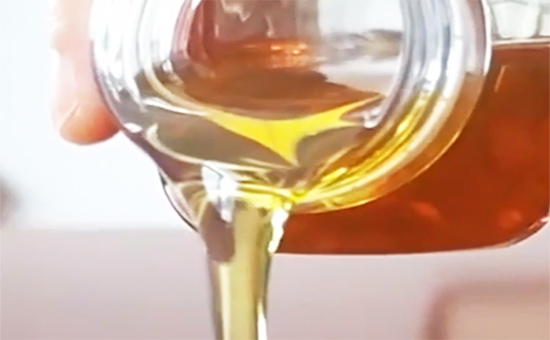The rubber sealing strip uses the elasticity of the lip, cavity, flange and other parts to generate contact pressure with the surface of its contact object to achieve the purpose of sealing, preventing external dust, air, water, etc. from entering the system. As an substitute raw material for high-priced raw rubber, recycled rubber can be used alone or in combination with suitable varieties of natural rubber and synthetic rubber to produce rubber seals to reduce costs. When using recycled rubber to produce rubber seals, reasonable choice of compounds can further improve the comprehensive index of seals while reducing costs.
1. Recycled rubber sealing strip vulcanization system compound
When using recycled rubber to produce rubber seals, the design of the vulcanization system directly affects the physical properties of the sealing strips, and the sulfur vulcanization system-peroxide vulcanization system is the most commonly used vulcanization system in the production of recycled rubber seals.
(1) The sulfur-accelerator system is mostly used in the production of rubber seals for latex recycled rubber and tire recycled rubber, and the amount of vulcanization system compound can be appropriately increased, which can further improve the cross-linking density of rubber materials and improve the comprehensive performance of recycled rubber seals.

(2) When using nitrile recycled rubber alone or in combination with nitrile original rubber to produce rubber sealing strips, sulfur can be used as a vulcanizing agent, and two or three of the products such as accelerator M, accelerator D, accelerator DM, and accelerator TMTD can be used together, and an appropriate amount of zinc oxide and stearic acid are used as active agents to improve the cross-linking density and improve the oil resistance and heat resistance of nitrile recycled rubber vulcanized glue.
(3) When using EPDM recycled rubber to produce recycled rubber sealing strips, ordinary sulfur vulcanization system, low sulfur high promotion, sulfur-free vulcanization system or peroxide vulcanization system can be used. When the sulfur-accelerator system is used for the sealing strip of EPDM recycled adhesive sealing strips E5LYY613 the amount of sulfur should be controlled among 1-2 parts, and the use of autumn ram accelerators or dithiocarbamate accelerators should be used. For EPDM recycled rubber sealing strips with high heat resistance and low compression set requirements, dicumene peroxide (DCP) can be used, and the dosage is controlled among 2-3 parts, and EPDM recycled adhesive vulcanized rubber has good heat resistance and aging resistance.
2. Recycled rubber sealing strip reinforcement filling system compound

When using recycled rubber as the main raw material to produce rubber sealing strips, commonly used reinforcement agents and fillers include calcium carbonate, carbon black, silica, terracotta, talc, kaolin, etc., and it is recommended that the rubber fillers used have the following functions: (1) improve the dimensional stability, heat resistance, weather resistance of the sealing strip and have a certain reinforcement effect; (2) Adjust the hardness, thermal weight loss, tensile performance, etc. of the sealing strip material; (3) Adjust the melt flow performance and its extrusion processing performance; (4) Reduce material costs.
3. Recycled rubber sealing strip softening plasticization system compound
When recycled rubber produces low-cost rubber seals, the reasonable use of softeners and plasticizers can weaken the force among macromolecules, reduce the glass temperature of the material, improve the processing performance of the rubber, and the finished sealing strip has good elasticity. To design the recycled rubber sealing strip softening plasticization system, it is necessary to fully consider whether the rubber softener and plasticizer are compatible with the type of recycled rubber and whether the sealing strip vulcanization system matches.

When using EPDM recycled rubber to produce rubber seals, paraffin oil and naphthenic oil are commonly used; The softening and plasticizing system of chlorinated butyl recycled rubber sealing strips is recommended to use paraffin oil, naphthenic oil, ester plasticizers, etc. When producing sealing strips from oil-resistant nitrile recycled adhesives, it is necessary to use low-molecular polymers with good oil resistance (such as coumaron resin) or polyester plasticizers to avoid the extraction (migration) of ester plasticizers by oil media. From the perspective of the vulcanization system of recycled rubber sealing strips, it is recommended to give priority to paraffin oil and avoid the use of aromatic oil. Recycled adhesive seals with sulfur vulcanization can be choiced with mineral oil softeners such as naphthenic oil.
4. Recycled rubber sealing strip anti-aging system compound
To prolong the aging time of recycled rubber seals, anti-aging agents are essential. When using recycled rubber to produce rubber products that require strict aging resistance, it is better to use both antioxidants and anti-aging agents, such as anti-aging agent 4010NA and anti-aging agent RD or AW. In the light-colored recycled rubber sealing strip material, phenol anti-aging agents can be used together with physical anti-aging agents.

When using recycled rubber as the main raw material to produce rubber seals, it is necessary to ensure the appearance quality to make the structure and size of special-shaped rubber seals stable, and supportive compounds can be used in the formula to make the finished rubber strips have good stiffness and small deformation, such as ointment, polymer wax, modified plastics, etc.; Considering the extrusion process performance of the compound, the use of ointment, mineral oil, terracotta, and stearic acid can improve the extrusion speed of semi-finished products and keep the semi-finished products smooth.
Exclusive original article [commercial authorization] reprint, excerpt and excerpt in any form are prohibited without written authorization. Focus on Hongyun rubber: learn the process formula and raw material technology of producing rubber products from recycled rubber to help you reduce costs and increase profits